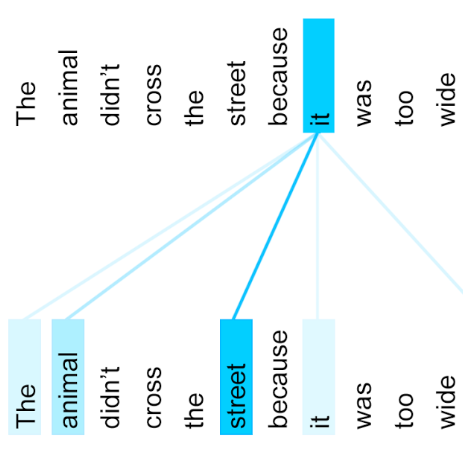Click-Through Rate (CTR) prediction plays an important role in many industrial applications, and recently a lot of attention is paid to the deep interest models which use attention mechanism to capture user interests from historical behaviors. However, most current models are based on sequential models which truncate the behavior sequences by a fixed length, thus have difficulties in handling very long behavior sequences. Another big problem is that sequences with the same length can be quite different in terms of time, carrying completely different meanings. In this paper, we propose a non-sequential approach to tackle the above problems. Specifically, we first represent the behavior data in a sparse key-vector format, where the vector contains rich behavior info such as time, count and category. Next, we enhance the Deep Interest Network to take such rich information into account by a novel attention network. The sparse representation makes it practical to handle large scale long behavior sequences. Finally, we introduce a multidimensional partition framework to mine behavior interactions. The framework can partition data into custom designed time buckets to capture the interactions among information aggregated in different time buckets. Similarly, it can also partition the data into different categories and capture the interactions among them. Experiments are conducted on two public datasets: one is an advertising dataset and the other is a production recommender dataset. Our models outperform other state-of-the-art models on both datasets.
翻译:点击浏览率( CTR) 预测在许多工业应用中起着重要作用, 最近人们非常关注使用关注机制获取用户历史行为兴趣的深层兴趣模型。 然而, 目前大多数模型都是基于顺序模型的, 这些模型将行为序列缩短固定长度, 因而难以处理非常长的行为序列。 另一个大的问题是, 同一长度的序列在时间上可能有很大不同, 带有完全不同的含义。 在本文件中, 我们建议了一种非顺序化的方法来解决上述问题。 具体地说, 我们首先以稀疏的关键矢量格式代表行为数据, 矢量含有丰富的行为信息, 如时间、 计数和类别。 但是, 我们目前大多数模型都是基于顺序模型, 以便用新的关注网络来考虑如此丰富的信息。 稀疏的表示使得处理大型的长行为序列变得实用。 最后, 我们为地雷行为互动引入一个多维维系的分区框架。 我们的框架可以将数据分割成定制的时间桶, 以测量不同时间桶中的信息之间的相互作用。 同样, 它还可以将数据分割成一个不同的模型, 并且将其它的模型 将数据定位为不同的模型 。




